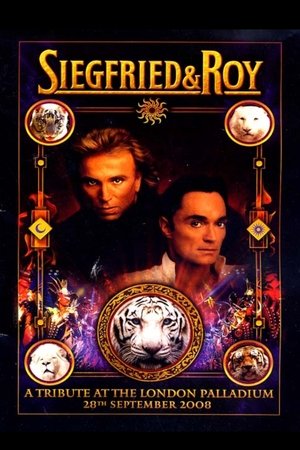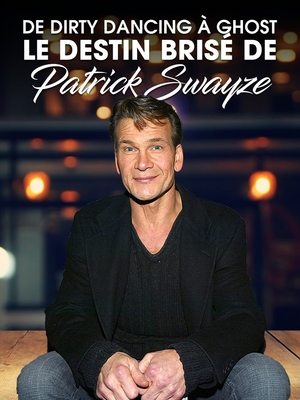
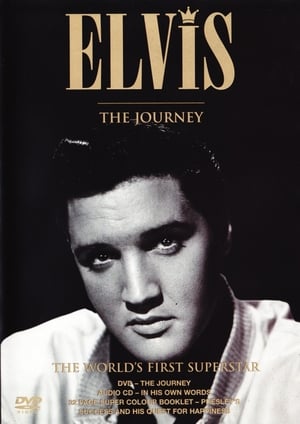
Elvis: The Journey(2003)
Biography - This programme takes an in-depth look at the boy and the man who was born to be a legend. Together with rare unseen footage we chart his progress from his poor beginnings, through his teenage years to the eventual meteoric rise of a star. -
Movie: Elvis: The Journey

Elvis: The Journey
HomePage
Overview
Biography - This programme takes an in-depth look at the boy and the man who was born to be a legend. Together with rare unseen footage we chart his progress from his poor beginnings, through his teenage years to the eventual meteoric rise of a star. -
Release Date
2003-01-01
Average
0
Rating:
0.0 startsTagline
Genres
Languages:
EnglishKeywords
Similar Movies
 8.0
8.0Sinéad(en)
With contributions from David Holmes, Christy Moore, Imelda May, Don Letts, BP Fallon and more, this documentary reflects on Sineád O’Connor’s influence on Irish life and people. Five months after her shocking passing, SINÉAD revisits the late singer’s tumultuous life and the film is both a deeply sad and celebratory tribute. Drawn together from RTÉ’s own expansive archive of her TV appearances and footage from around the world, it is an absorbing take on a story that many of us already know very well. However, looking back now after her death, the film pulls into sharp focus just how brave and defiant Sinéad really was.
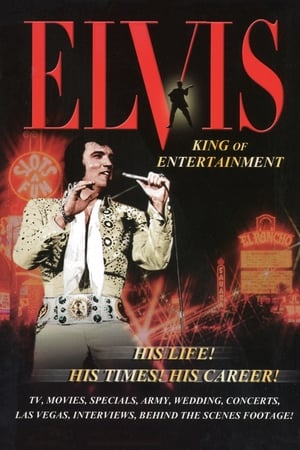 0.0
0.0Elvis: King of Entertainment(en)
This retrospective of Elvis Presley's life and career uses excerpts from his performances and interviews to chronicle how the swivel-hipped young man from Tupelo, Miss., rose from poverty to become an American icon. The documentary also includes archival footage of Elvis on "The Ed Sullivan Show" and other TV appearances, clips from his Army days and film of his wedding to paint an extensive portrait of the King's public and personal lives.
 0.0
0.0Nothing Can Stop The Radiance(en)
Filmmakers Sam and Amy journey into rural Australia to explore how the legacy of an American legend has transmitted and warped itself over time, and across the globe, resulting in the 30th annual Parkes Elvis Festival.
 7.3
7.3Gérard Philipe, le dernier hiver du Cid(fr)
An adaptation of Jérôme Garcin’s novel Le dernier hiver du cid, this documentary built exclusively on archive footage and a delicate story telling style will permit a Cannes style celebration of Gerard Philipe’s 100th birthday anniversary. He will also be coming back to the Croisette through the screening of Fanfan la tulipe.
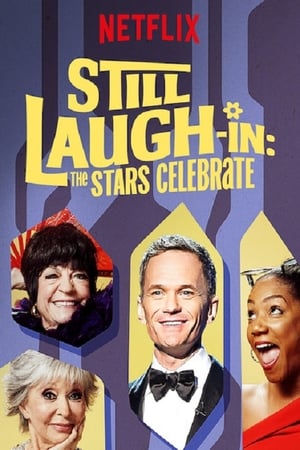 5.3
5.3Still Laugh-In: The Stars Celebrate(en)
Hollywood's finest pay tribute to "Rowan and Martin's Laugh-In" for an uncensored and unforgettable celebration at The Dolby Theater.
 8.5
8.5One Love Manchester(en)
Live coverage of the concert set up by Ariana Grande at Old Trafford cricket ground to benefit those affected by the May 2017 Manchester bomb attack. Performers include Ariana Grande, Justin Bieber, Coldplay, Katy Perry, Take That, Pharrell Williams, Niall Horan, Miley Cyrus, Usher, Robbie Williams, Little Mix and The Black Eyed Peas.
 7.9
7.9Let's Go Crazy: The Grammy Salute to Prince(en)
A lineup of artists -- including Beck, Common, Gary Clark Jr., Foo Fighters, H.E.R., Juanes, Alicia Keys, John Legend, Chris Martin, Mavis Staples, St. Vincent, Usher and more -- pay tribute to Prince's unprecedented influence on music.
 8.0
8.0Stevie Wonder: Songs in the Key of Life - An All-Star Grammy Salute(en)
"Stevie Wonder: Songs in the Key of Life — An All-Star GRAMMY Salute" will feature some of today's top artists covering songs by the legendary GRAMMY winner, as well as other archival material. In addition, various presenters will help highlight the historical impact of Wonder's songs on music and our culture. In the 56-year history of the GRAMMY Awards, Wonder is the only artist to have received Album of the Year honors in three out of four consecutive years with Innervisions, Fulfillingness' First Finale, and the seminal Songs in the Key of Life. With a catalog that is one of the richest treasure troves in American music, his songs are still revered and influential today and his longevity as one of America's — and the world's — most respected and beloved artists is well earned.
 0.0
0.0Ole Paus – 70 Years(no)
Norwegian musician Ole Paus turns 70 years old and is celebrated by a long line of artist friends who sing his songs in the Oslo Opera House in Norway.
 6.9
6.9Olympia: Part One – Festival of the Nations(de)
Commissioned to make a propaganda film about the 1936 Olympic Games in Germany, director Leni Riefenstahl created a celebration of the human form. This first half of her two-part film opens with a renowned introduction that compares modern Olympians to classical Greek heroes, then goes on to provide thrilling in-the-moment coverage of some of the games' most celebrated moments, including African-American athlete Jesse Owens winning a then-unprecedented four gold medals.
 6.7
6.7Olympia: Part Two – Festival of Beauty(de)
Commissioned to make a propaganda film about the 1936 Olympic Games in Germany, director Leni Riefenstahl created a celebration of the human form. Where the two-part epic's first half, Festival of the Nations, focused on the international aspects of the 1936 Olympic Games held in Berlin, part two, The Festival of Beauty, concentrates on individual athletes such as equestrians, gymnasts, and swimmers, climaxing with American Glenn Morris' performance in the decathalon and the games' majestic closing ceremonies.
 6.7
6.7Workers Leaving the Lumière Factory(fr)
Working men and women leave through the main gate of the Lumière factory in Lyon, France. Filmed on 22 March 1895, it is often referred to as the first real motion picture ever made, although Louis Le Prince's 1888 Roundhay Garden Scene pre-dated it by seven years. Three separate versions of this film exist, which differ from one another in numerous ways. The first version features a carriage drawn by one horse, while in the second version the carriage is drawn by two horses, and there is no carriage at all in the third version. The clothing style is also different between the three versions, demonstrating the different seasons in which each was filmed. This film was made in the 35 mm format with an aspect ratio of 1.33:1, and at a speed of 16 frames per second. At that rate, the 17 meters of film length provided a duration of 46 seconds, holding a total of 800 frames.
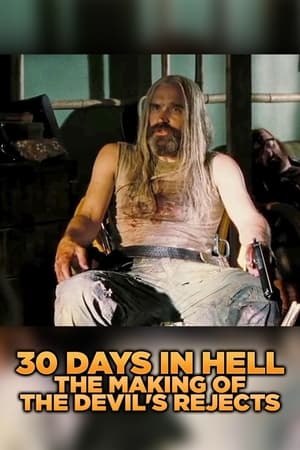 6.0
6.030 Days in Hell: The Making of 'The Devil's Rejects'(en)
An exhaustive, detailed documentary on the 30-day film shoot of "The Devil's Rejects"
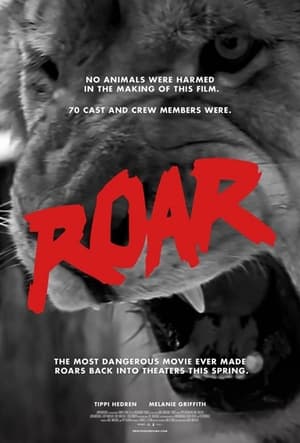 0.0
0.0The Making of Roar(en)
A production of Roar (1981) had special demands on both cast and crew. Learn about this incredible film and about the amazing people who made ROAR possible.
 0.0
0.0How to Win Eurovision(en)
Greg James and Russell Kane present a look at all the ingredients needed to become a Eurovision winner, celebrating the UK's successes and also its hall of shame.
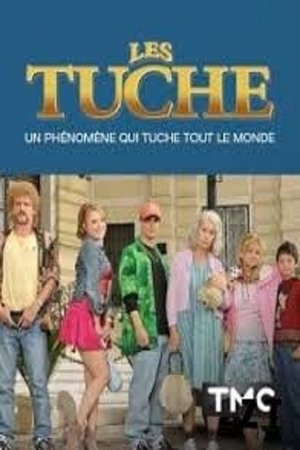 7.2
7.2Les Tuche : un phénomène qui tuche tout le monde(fr)
The phenomenon took everyone by surprise. In the span of three years, despite the mixed reception from the press upon its release in 2011, the Tuche family, a group of eccentric unemployed individuals, found a place in the hearts of the audience. With over eight million viewers during the television broadcast of the first installment and 4.6 million box office admissions for the second part, it became the biggest French success of 2016. The Tuche family has become a phenomenon. Word of mouth gave the film a second life beyond theaters, turning this tribe into the most popular family in French cinema.

